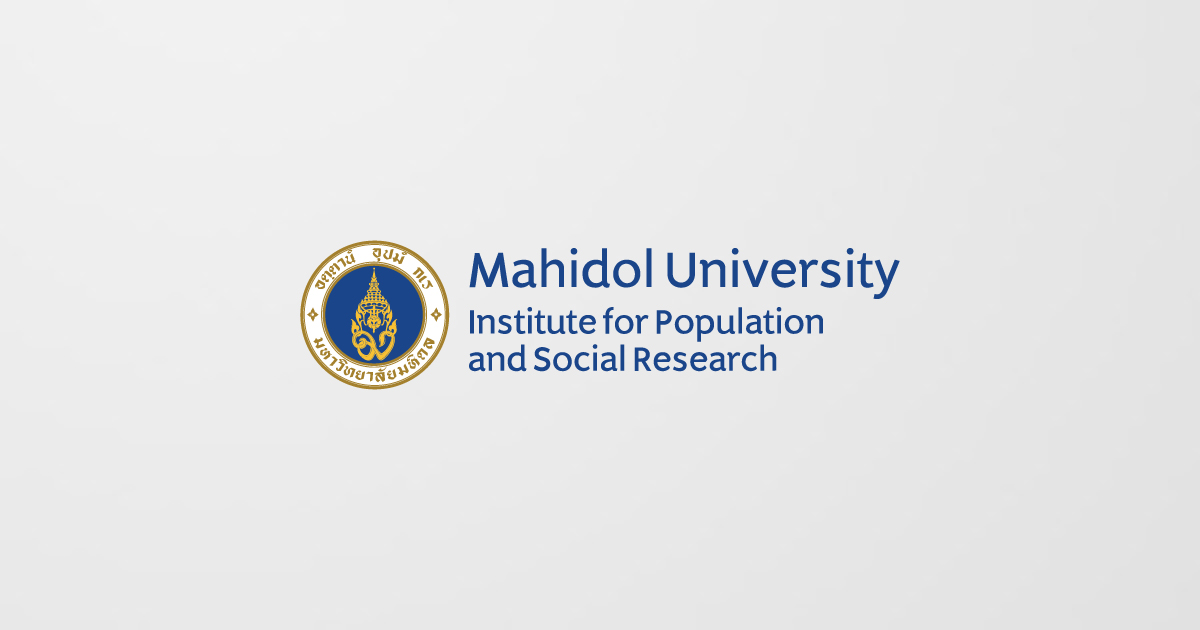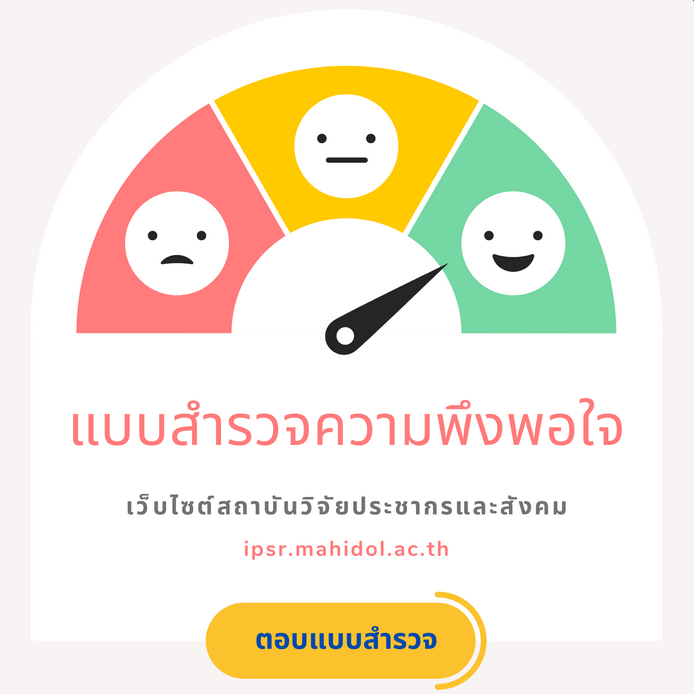Abstract
On the one hand, positive stories paint a rosy picture of global poverty reduction, the rise of middle classes, and successes of employment generation in urban areas. On the other hand, socio-economic and socio-spatial inequalities are still large and the poorest people in middle-income countries are increasingly left to fend for themselves. For example, there is a tendency of urban middle classes in several countries to distance themselves from the poorest sections of society. Also, we see diverging trends in voting behaviour between rural and urban people. This seminar consists of two parts. First, it asks several questions on Southeast Asian rural futures, inspired by some outcomes from earlier research on tea smallholders in Indonesia, fisherfolk in Trang and Krabi, and seaweed growers in the Philippines. The second part focuses on rural inequality in Southeast and seeks feedback on a three project comparing Thailand, the Philippines, Indonesia and Vietnam. Besides urban-rural inequality and intra-urban inequality there is a great deal of intra-rural inequality, perhaps most notably with respect to landownership. The problem statement is as follows: How can integrating top-down interventions and bottom-up initiatives culminate in more effective ways of reducing rural marginalization? This projects aims to integrate insights obtained from human geography, development studies, and environmental studies. It also aims to provide comparative reflection by comparing two different rural spaces: coastal areas and inland terrain. It will involve partnerships with Southeast Asian universities and a mixed methods approach including semi-structured interviews, village walks, village mapping, and focus groups.
August 28, 2019 Time: 12.30-13.30 hrs. Room: 109 Srabua

